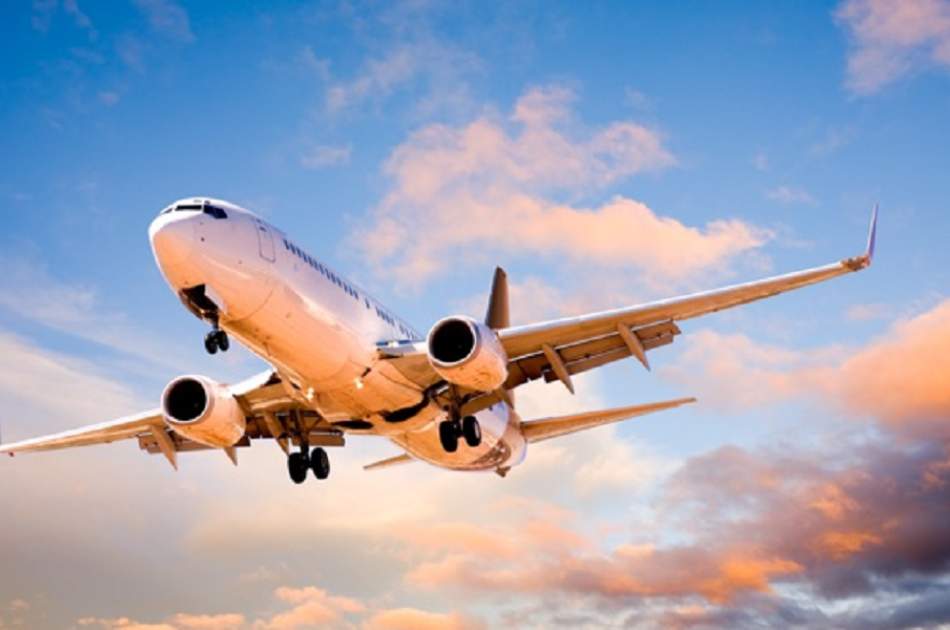After key aviation regulators allow commercial aircraft to resume flying over Afghanistan, the travel time between the East, and the West will be significantly reduced.
Publish dateSaturday 29 July 2023 - 11:04
Story Code : 273962
Afghan Voice Agency(AVA)_Monitoring, The overfly suspension came after the Islamic Emirate of Afghanistan (IEA) resumed control of the country in 2021.
The US Federal Aviation Administration (FAA) has granted permission to American airlines to fly over the Kabul Flight Information Region (FIR) at altitudes exceeding 32,000 feet, Economic Times reported.
This decision comes as the FAA assesses reduced risks to US civil aviation operations at higher altitudes in the region. The move aligns with the European Union Aviation Safety Agency’s (EASA) directive to its member state airlines, urging them not to fly below 32,000 feet due to ongoing potential threats to civil aviation and high operational risks at lower altitudes, the report said.
Since August 2021, flights between the western and eastern regions, including northern India, have taken longer routes to circumvent Afghanistan airspace.
These diversions added approximately half an hour of flying time. The situation further escalated last summer when Russia’s attack on Ukraine prompted additional airspace restrictions, leading to Western carriers avoiding Russian airspace altogether. With the recent reopening of Afghanistan’s airspace for overflights, one section of the congested air route is finally relieved, according to the report.
Following the IEA’s takeover of Afghanistan, the International Civil Aviation Organisation Asia-Pacific office established a Contingency Coordination Team (CCT) consisting of Afghanistan and neighboring air navigation service providers.
Officials from Indian airlines, however, assert that it might take some time before overflying Afghanistan is resumed. They highlight the need for a comprehensive risk analysis and the development of emergency landing procedures at Afghan airports.
Additionally, the involvement and cooperation of neighboring countries such as Pakistan and Turkmenistan are vital, as aircraft would need to enter Afghanistan from these directions at specified altitudes. While the FAA clearance is a significant step forward and may prompt other aviation regulators to follow suit, airlines are cautious, awaiting further developments and approvals. The Association for America Airlines, representing major US carriers, is currently reviewing the updated rules.
The US Federal Aviation Administration (FAA) has granted permission to American airlines to fly over the Kabul Flight Information Region (FIR) at altitudes exceeding 32,000 feet, Economic Times reported.
This decision comes as the FAA assesses reduced risks to US civil aviation operations at higher altitudes in the region. The move aligns with the European Union Aviation Safety Agency’s (EASA) directive to its member state airlines, urging them not to fly below 32,000 feet due to ongoing potential threats to civil aviation and high operational risks at lower altitudes, the report said.
Since August 2021, flights between the western and eastern regions, including northern India, have taken longer routes to circumvent Afghanistan airspace.
These diversions added approximately half an hour of flying time. The situation further escalated last summer when Russia’s attack on Ukraine prompted additional airspace restrictions, leading to Western carriers avoiding Russian airspace altogether. With the recent reopening of Afghanistan’s airspace for overflights, one section of the congested air route is finally relieved, according to the report.
Following the IEA’s takeover of Afghanistan, the International Civil Aviation Organisation Asia-Pacific office established a Contingency Coordination Team (CCT) consisting of Afghanistan and neighboring air navigation service providers.
Officials from Indian airlines, however, assert that it might take some time before overflying Afghanistan is resumed. They highlight the need for a comprehensive risk analysis and the development of emergency landing procedures at Afghan airports.
Additionally, the involvement and cooperation of neighboring countries such as Pakistan and Turkmenistan are vital, as aircraft would need to enter Afghanistan from these directions at specified altitudes. While the FAA clearance is a significant step forward and may prompt other aviation regulators to follow suit, airlines are cautious, awaiting further developments and approvals. The Association for America Airlines, representing major US carriers, is currently reviewing the updated rules.
avapress.com/vdciqparrt1ay32.ilct.html
Tags
Top hits
3







